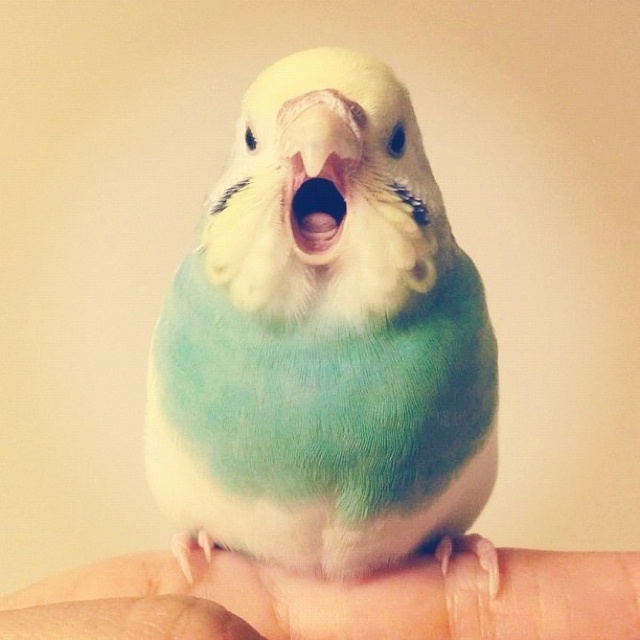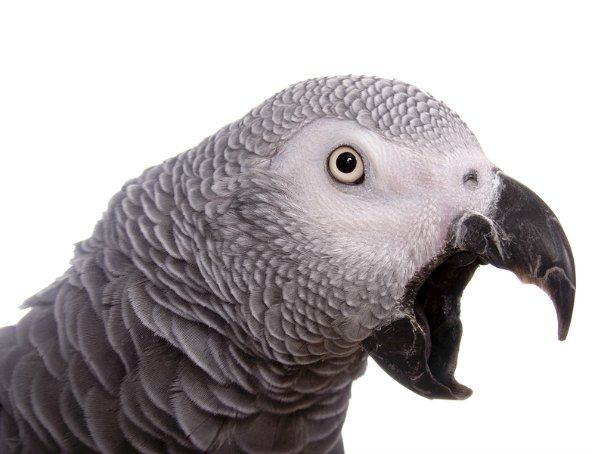
Parakeets have always been easy-going, social birds with whom I get along extremely well. They chirp in the morning and whistle along with me. My parakeets have always been a treat to have around the house. Then again, I’ve never had a male parakeet before today. Since then, I’ve learned a variety of strategies for getting a shrieking bird to calm down.
Some noise is natural
Birds are noisy animals. When communicating to their flock, they need to be loud to be heard.
Some species will celebrate the sunrise and sunset with squawking or singing; pet birds do the same.
Other species, whether in the wild or as part of a human family, will make window-shattering sounds throughout the day or vocalize several times a day for 20 minutes at a time.
Birds who become separated from the flock scream out to the group and return when they hear a response. Your parrot may make short sounds with gaps in between, essentially saying, “Are you there?”.
Wild birds employ vocalization to alert others in their flock of approaching danger, such as a predator in the neighborhood. If a pet bird is terrified, she will behave similarly.
Such vocalizations to communicate are typical. It is not natural for a parrot to scream in the same rhythm for extended periods. This is not a happy bird, nor does she have a happy family.

Pet Birds And Excessive Screaming
Illness, such as nutritional difficulties caused by a poor diet, may lead the bird to alter its vocalization or other behavior. Have a veterinarian inspect your bird to rule out any potential illnesses.
Screaming by unhappy birds can usually be traced back to an underlying problem that is stressing the bird. These stresses include:
A change in family composition, such as the addition of a new family member or the loss of a family member (e.g., death, college enrollment).
Jealousy is caused by the addition of another pet or devoting more attention to specific members of the house.
Loneliness or boredom is common when there is a shift in routine.
A shift in the environment, such as relocating to a new residence.
Fear can drive a bird to scream like she would in the wild.
Inadequate sleep owing to cage placement, household noise (e.g., television), excessive lighting, or people moving about the house.
How to Stop or Reduce Screaming in Parrots
Remember that certain screams are typical for a parrot. Your goal should not be to eradicate all shouting and loud squawking, but rather to lower it to a manageable level. All family members will need to be gentle, patient, and consistent.
Begin to rehabilitate the parrot by ensuring that her fundamental requirements are addressed, reestablishing the humans as higher ranking (for example, step-ups and step-downs), and keeping a log of all screaming episodes.
In the diary, write down all you know about the episode, including the time of day, day of the week, moon phase, what’s going on at the time, and the emotions of the people and the bird before, during, and after the event.
With this information, hopefully, the cause of the screaming can be identified and eliminated.
The two questions that must be answered when attempting to rehabilitate the parrot are “What should I do when the bird screams?” followed by “What should I do when the bird is behaving properly?”
When the bird misbehaves, you don’t want to unwittingly reinforce the behavior, as this can exacerbate the situation. Getting any attention while yelling may be considered a reward for the parrot.
Some parrots may enjoy hearing you yell back because they enjoy drama and see it as a reward.
Yelling, beating the bird or the cage, isolating the bird, spraying her with water, or withholding food will just add to the bird’s stress and either worsen the screaming or cause the bird to engage in another inappropriate activity, such as feather-picking.
The best way to improve the bird’s behavior is to give positive reinforcement, i.e., giving something good to the bird when she behaves correctly (e.g., sitting quietly on a perch).
This could be a special toy, a food treat, and verbal praise. These are rewards. Do NOT use them to bribe the bird into better behavior.
If a bird is exhibiting bad behavior in a certain circumstance, it is important to determine what it is you want the bird to do instead.
Then you can teach the bird to substitute the desired behavior for the undesired one. For instance, teach the bird to talk instead of scream. Then reward the desired talking behavior. Consistency is absolutely necessary; reward the good and desired behavior and do NOT reward, in any way, bad behavior.
If the bird is screaming due to loneliness, you may need to think of other solutions.
If the bird has a reason to be lonely because the owners can not give her sufficient attention, it may be helpful to get another bird for companionship.
The new bird does not necessarily have to be a mate, and could even be kept in a separate cage. Think first, though. If you, the owner, do not have time for one bird, are you going to have time for two? Is it fair to the birds?
You may want to seriously consider finding a new home for your bird until your lifestyle changes and you are more comfortable with keeping a pet.
However, avoid watching wildlife shows on television because they may scare the bird into believing there is a predator in the room. Old phone books, natural, non-toxic tree branches with leaves, and paper cups can be provided for the parrot to play with (and damage).
Many birds require an alternative outlet for their energy.
Exercise in play gyms, flapping sessions in the shower, supervising the bird while you take him outside, or leaving the television or radio on can all help relieve pent-up energy.
Some bird experts recommend that if the bird continues to scream, give it a filthy look, cover the cage, or leave the area until the parrot demonstrates acceptable behavior.
Others argue that this may exacerbate the situation, particularly among birds who are screeching in fear. This is why understanding why the bird is shrieking is crucial. You can change your activities based on the conditions.
Use foraging toys to hide his food, forcing him to work for it. This provides much-needed cerebral activity and allows the bird to feed in a more natural manner.

Leave a Reply